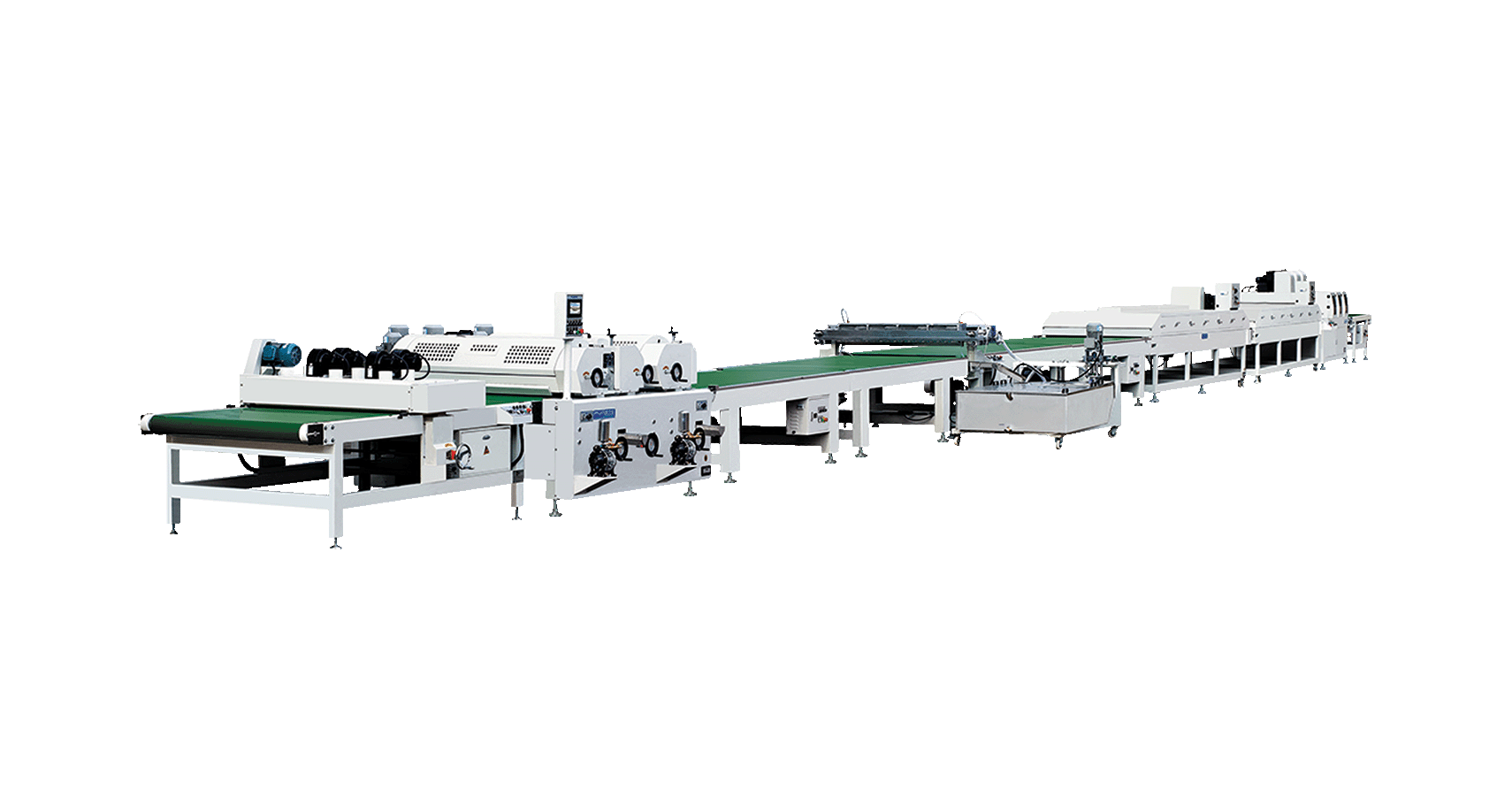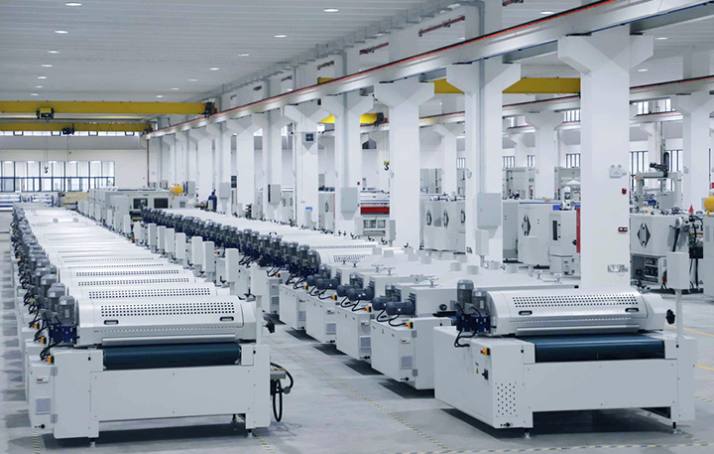Hot Pressing Machine Vs Cold Pressing Machine: What is the Difference?
 June 11, 2025
June 11, 2025 Hits:1287second
Hits:1287secondIn the competitive world of manufacturing and woodworking, choosing the right pressing equipment is critical for ensuring product quality, production efficiency, and cost control. Among the most commonly used machines are the hot pressing machine (also known as a heat press, hot press, or thermal press) and the cold pressing machine. While both serve the purpose of bonding or shaping materials, their working principles, applications, and operational impacts are fundamentally different. This article dives deep into their distinctions, advantages, disadvantages, and offers guidance for making the best choice for your business.
What Is a Hot Pressing Machine?
A hot pressing machine is an industrial device that utilizes a combination of high temperature and pressure to bond, mold, or laminate materials. This technology is widely known as a heat press or thermal press, and is indispensable in industries such as woodworking, composite manufacturing, ceramics, and metal fabrication. The process involves heated platens or plates that activate adhesives or resins, enabling them to flow and bond materials at the molecular level.
Key features of hot pressing machines include:
The ability to reach extremely high temperatures, sometimes exceeding 2,000°C, for specialized applications.
Uniform application of both heat and pressure for consistent, high-strength bonds.
Versatility, with models ranging from compact benchtop hot presses to large dual-station or pulse heat presses for industrial-scale production.
What Is a Cold Pressing Machine?
A cold pressing machine operates by applying mechanical pressure at or near room temperature, without the use of heat. This approach is ideal for materials that are sensitive to high temperatures or when it is essential to preserve the natural color, texture, and characteristics of the substrate. Cold presses are commonly used in wood panel manufacturing, door assembly, veneer lamination, and oil extraction.
Key features of cold pressing machines include:
Operation at ambient temperatures, typically around 27°C.
Reliance solely on pressure for bonding or shaping.
Lower energy consumption and reduced operational costs compared to hot pressing machines.
Key Differences Between Hot and Cold Pressing Machines
1. Operating Temperature
The most fundamental difference is the use of heat. Hot pressing machines apply both heat and pressure, whereas cold pressing machines use only pressure. The thermal press process accelerates adhesive curing and enables the use of heat-activated resins, while cold presses are limited to adhesives that cure at room temperature.
2. Materials Processed
Hot presses are suitable for a wide range of materials, including plywood, veneers, composites, ceramics, and metals. They are essential for applications requiring strong, durable bonds and high-quality finishes. In contrast, cold presses are ideal for solid wood, doors, and materials that may degrade or discolor when exposed to heat.
3. Production Speed
Hot pressing machines excel in production speed. The addition of heat significantly reduces pressing and curing times, making it the preferred choice for high-volume operations. Cold pressing machines, on the other hand, require longer pressing cycles, which can slow down throughput but are gentler on sensitive materials.
4. Energy Consumption
Because of their heating elements, hot presses are more energy-intensive, leading to higher operational costs. Cold presses are much more energy-efficient, as they do not require any heating, resulting in significant long-term cost savings and a smaller environmental footprint.
5. Product Finish and Quality
Hot pressing delivers uniform, high-strength bonds and smooth, visually appealing finishes. However, the heat can sometimes cause color changes or degrade certain materials. Cold pressing preserves the original color and texture of the material, making it ideal for products where natural appearance is a priority.

Pros and Cons
Hot Pressing Machine (Heat Press, Thermal Press, Hot Press)
Pros:
Rapid Production: The combination of heat and pressure dramatically shortens pressing cycles, enabling manufacturers to achieve high throughput and meet tight deadlines.
Superior Bond Strength: By activating adhesives and resins at elevated temperatures, hot pressing machines create exceptionally strong, durable, and uniform bonds that are difficult to achieve with cold pressing.
Versatility: A hot press can handle a diverse range of materials and applications, from laminating plywood and veneering to producing technical ceramics and composite parts.
Consistent Quality: The precise control over temperature and pressure ensures reliable, repeatable results, which is crucial for large-scale manufacturing and quality assurance.
Advanced Features: Many modern heat presses offer programmable temperature and pressure settings, dual-station operation for improved productivity, and advanced safety features.
Cons:
High Operational Costs: Hot pressing machines require specialized equipment and molds, which are expensive to purchase and maintain. The need for high temperatures also results in significant energy consumption, increasing ongoing expenses.
Low Productivity for Certain Applications: Despite their speed, hot presses may only produce one or a few products at a time, especially in complex or high-precision manufacturing, limiting scalability for mass production.
Skilled Labor Requirements: Operating a hot press demands a high level of technical expertise to manage the intricate balance of temperature, pressure, and cooling rates. Inexperienced operators can easily cause defects or waste materials.
Maintenance and Mold Wear: The intense heat and pressure can lead to rapid mold degradation, requiring frequent replacements and adding to the total cost of ownership.
Surface Issues: Hot pressing can sometimes cause surface roughness or material loss (such as cobalt loss in metal applications), complicating post-processing and reducing overall product quality.
Potential for Material Damage: Some materials may discolor, warp, or degrade under high temperatures, making hot pressing unsuitable for all applications.
Cold Pressing Machine
Pros:
Energy Efficiency: Cold pressing machines consume significantly less energy since they do not require heating elements. This translates to lower electricity bills and a reduced environmental impact.
Cost-Effective Operation: With simpler construction and fewer components, cold presses are more affordable to purchase, operate, and maintain, making them ideal for small businesses or those with limited budgets.
Preservation of Material Qualities: By avoiding heat, cold pressing maintains the natural color, texture, and structural integrity of materials, which is especially important in high-end woodworking and specialty applications.
Simplicity and Reliability: Cold presses are straightforward to operate, with fewer settings and less risk of operator error. This makes them suitable for less skilled labor and reduces training requirements.
Lower Maintenance Needs: The absence of complex heating systems and high-stress molds leads to less frequent breakdowns and lower maintenance costs.
Cons:
Slower Production Speed: Without heat to accelerate adhesive curing, cold pressing requires longer pressing times, which can reduce overall production capacity and slow down order fulfillment.
Bond Strength Limitations: While cold presses can achieve reliable bonds, the strength and uniformity may not match those produced by hot pressing, especially for demanding or load-bearing applications.
Limited Material Compatibility: Cold pressing is not suitable for all adhesives or materials, particularly those that require heat activation for proper bonding or shaping.
Less Flexibility: Cold presses are generally less versatile than hot presses, as they are best suited for specific applications and may not handle complex composite or multi-layer products as effectively.
Which One Should You Choose?
Selecting between a hot pressing machine and a cold pressing machine depends on your specific production requirements, material characteristics, and business goals. If you prioritize speed, bond strength, and versatility, and your materials can withstand high temperatures, a heat press is likely the superior choice. However, if energy efficiency, material preservation, and cost control are more important, and your applications involve heat-sensitive materials, a cold press will be more suitable.
Conclusion
The difference between hot pressing machines and cold pressing machines is rooted in their use of heat, energy consumption, production speed, and impact on material properties.
By understanding these distinctions and weighing the pros and cons of each technology, manufacturers can make informed decisions that align with their operational needs and business objectives. Choosing the right pressing machine is not just a technical decision—it's a strategic investment in your company's future success.















